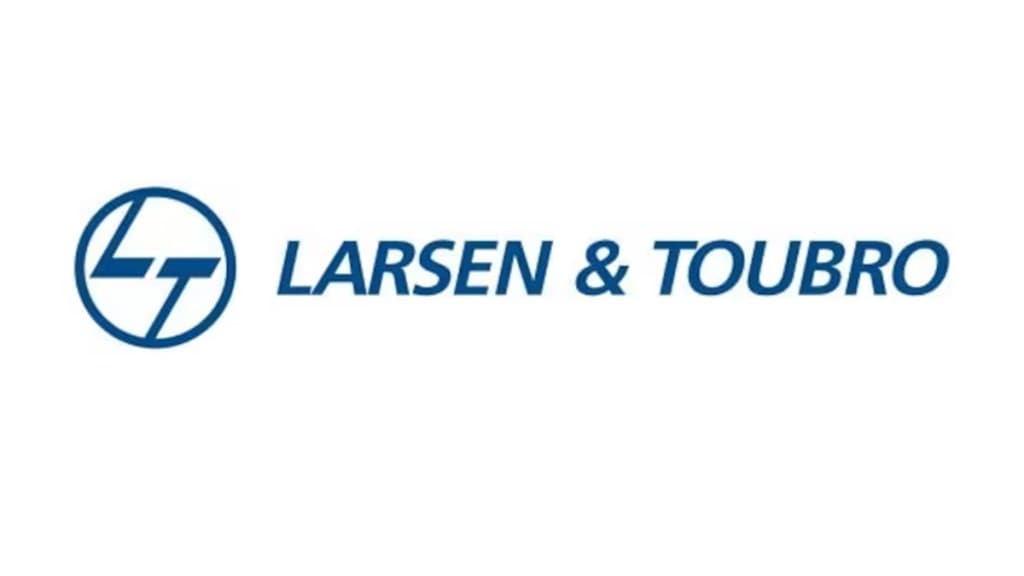Larsen & Toubro (L&T) has made major strides in clean energy, particularly in green hydrogen and small modular reactors (SMRs), chairman and managing director S N Subrahmanyan, said on Tuesday at the company’s 80th annual general meeting. “Electrolyser manufacturing is already in progress, giving the company a first-mover advantage in green hydrogen,” he said.
Subrahmanyan called the regulatory approval from the US department of energy for the transfer of SMR technology to India a landmark development. “With L&T figuring among the only three eligible Indian companies for this, this signals the formal start of our SMR journey, empowering us to lead the commercialisation of nuclear energy in the country,” he said.
Subrahmanyan said that the company’s long-term goal is to develop proprietary technology, manufacture core equipment, and deliver cost-effective, innovative solutions tailored for emerging markets.
The company has secured land in Kandla, Gujarat, for manufacturing green hydrogen and green ammonia units. It is also fully capable of executing EPC (engineering, procurement and construction) projects in green hydrogen, ammonia, and methanol across global markets, he noted.
L&T aims to address the rising demand for disaster-resilient infrastructure in response to extreme weather events, leveraging its capabilities in clean energy, mobility, water and sanitation, and green infrastructure. “These integrated, sustainability-linked solutions collectively form L&T’s green business, promoting lower carbon emissions, better air quality, enhanced energy efficiency, water reuse and overall resource conservation,” Subrahmanyan said.
To guide its clean energy roadmap, L&T has set up the L&T green energy council, comprising international experts who track trends, policy shifts, and business models. The council advises on strategic collaborations and innovation pathways.
Subrahmanyan said the company delivered 15.6 million sq ft of green-certified buildings in FY 2024–25, taking the total to 57.6 million sq ft over six years. In the renewables space, L&T commissioned 4.3 GWp of solar capacity during the year. “Our renewable portfolio now stands at 26.9 GWp, which includes 6.9 GWp commissioned and 20 GWp under construction,” he said. Additionally, 12.8 GWh of battery energy storage systems are under execution.
In clean mobility, the company electrified 419 track kilometres in rail and transit systems. It is also manufacturing equipment for renewable diesel, biofuels, and emission control technologies.
L&T has restructured its energy segment into four business verticals: hydrocarbon onshore, hydrocarbon offshore, CarbonLite Solutions, and green & clean energy. “Your company is at the forefront of the global energy transition, with decarbonisation embedded in its strategic roadmap,” Subrahmanyan said. He added that the segmentation of hydrocarbon operations has enhanced execution by aligning technical expertise with land-based and offshore project environments.
L&T secured its largest-ever order from an offshore project in the Middle East. The rebranding of its power business to CarbonLite Solutions signals a focus on carbon capture, nuclear turbine island solutions, and pumped storage plant turbines, while continuing to deliver BTG packages for domestic thermal power projects.
The green & clean energy business is building a scalable and sustainable clean energy ecosystem aligned with global decarbonisation goals. L&T aims to achieve water neutrality by 2035 and carbon neutrality by 2040. “These ambitions are being pursued through targeted actions at project sites, manufacturing units and campuses,” Subrahmanyan said.
A key achievement was the adoption of zero liquid discharge (ZLD) systems across all 16 campuses, manufacturing units and some project sites. The A M Naik Heavy Engineering Complex at Hazira, Gujarat, also became L&T’s first single-use plastic-free campus, he said.
